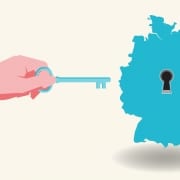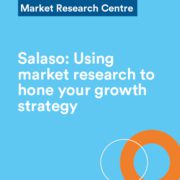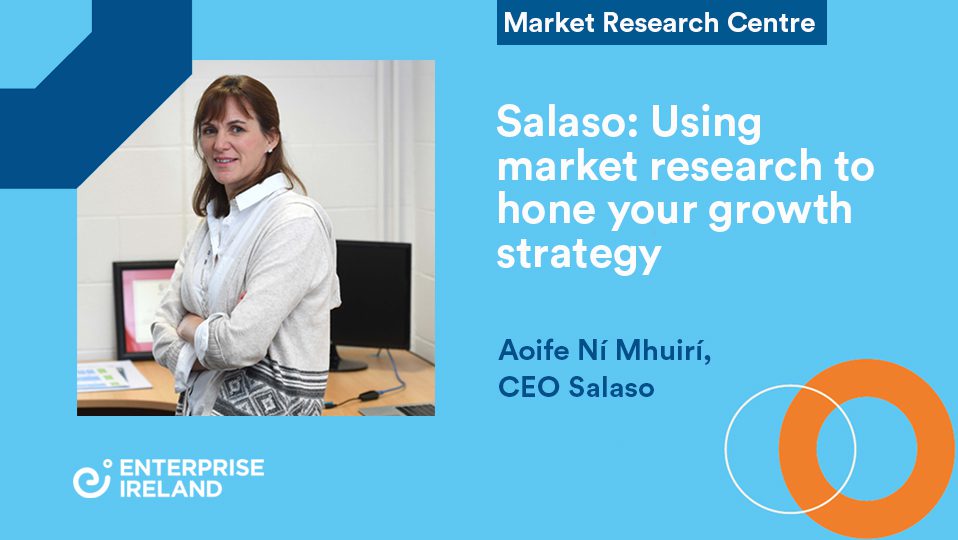A bright future for Ireland’s digital health ecosystem
The future of healthcare is a connected one. Digital technology and cloud computing have made technological strides that mean integrated individually tailored healthcare is now a reality.
Apps can feed back data to primary caregivers in real time, digital medical records provide accurate and timely information, while machine learning crunches big data and blockchain technology protects it.
But to get to this point requires intervention and a road map that fosters innovation and investment. Strategic investment in the knowledge economy and sowing the seeds of a digital healthcare evolution requires the creation of policy and frameworks within which the research and start-up sector can grow.
Ireland’s world-leading position in the medtech sector has been carefully nurtured through a combination of state planning and partnership with multinationals, that now positions the healthcare and life sciences sector as one of Ireland’s strongest and most important business industries. It employs some 38,000 people in around 350 companies. That makes Ireland the largest employer of medtech professionals in Europe per capita. Ireland is also the second largest exporter of medtech products in Europe, with annual exports of €12.6 billion to over 100 countries globally.
Government policy supports Ireland’s digital health ecosystem
Ongoing digital transformation is supported at the highest level, according to Barry Lowry, Chief Information Officer at the Department of Public Expenditure and Reform.
“Of course, when investors are looking at where to go, one of the key things they’re looking at is, well what is the digital ecosystem like in that country that we’re going to? Because that suggests there’s a market there, it suggests there’s a workforce there.
“We obviously want that European digital capability to be dominated disproportionately by Ireland and we’ve got a lot of the skill sets to make a really good contribution in that area. The key thing is national government policies are aligned with this.”
In its 2017 Sláintecare strategy, the Irish government outlined its healthcare vision for the next 10 years, including the implementation of connected digital health, stating: “Digital health solutions can support more efficient processes, empowering patients in managing their care and accessing their own medical records, as well as facilitating the provision of services in more appropriate care settings closer to the patient’s home.
“In the future, a coherent suite of eHealth solutions will underpin and support our overall vision for integrated, patient-centred care, population health planning and more effective and safe delivery of health services. Patients and health professionals will have ready access to clinical records and administrative information, which will enable better decisions to be made.”
It may seem to be easier said than done, when according to the Health and Information Quality Authority (HIQA) information is spread over 120 datasets across Irish healthcare.
But the government has set out a clear funding pathway for eHealth, Muiris O’Connor, the Department of Health’s assistant secretary at R&D and Health Analytics Division told a recent Enterprise Ireland-hosted conference on the eHealth Ireland EcoSystem.
Some €85 million is earmarked for 2019, €100 million for 2020 rising to €120 million by 2021, delegates were told.
Enterprise Ireland support for digital health
Enterprise Ireland has been supporting the ecosystem at its grass roots.
Procurement of innovation by State bodies has been boosted by Enterprise Ireland’s Small Business Innovation Research programme (SBIR), which aims to meet unmet needs across the public sector, including areas such as health and community engagement, by funding up-to-date trialling of new concepts and tech at an earlier point in the supply chain.
This allows innovation to be baked into the supply chain at a much earlier point in a product development cycle. In its five-year lifespan, it has funded 20 projects including the development of smart sensors by Danalto, Carra and mSemicon that are being deployed in gullies across Dublin City to measure and monitor flood levels.
Perhaps crucially for SBIR, IP is retained by the business, meaning a successful solution can be scaled and rolled out quickly.
Enterprise Ireland provides further sector-specific supports, such as Health Innovation Hubs Ireland (HIHI) scheme, Technology Transfer Offices (TTO), and the Technology Gateway Programme.
HIHI facilitates and accelerates the commercialisation of innovative healthcare solutions by offering companies the opportunity for pilot and clinical validation studies and the health service access to innovative products, services and devices that they may not otherwise be exposed to.
TTOs, which are embedded in university and college research institutes throughout Ireland, provide an invaluable resource in relation to research, development and innovation.
And the Technology Gateway Programme fosters greater cooperation between business and Institutes of Technology by offering funding rounds for capital expenditure for R&D.
But the ecosystem would be nothing without the skill sets to grow it, which is why this emerging sector is a national priority. The Irish Medtech Association, a key industry stakeholder in the Irish ecosystem, has reinvented its offering. It has a Connected Health Skillnet that offers learning, development and networking opportunities and is run in partnership with Biopharmachem Ireland and Technology Ireland.
The sector is also supported by a strong networking and collaborative culture, with Ireland being home to the European Connected Health Alliance, which actively promotes and supports the connected health agenda through its presence in more than 40 countries. ECH Alliance events are the perfect forum for investors, partners and start-ups to engage with leading experts from government, education, multinationals and the indigenous sectors.
Read more on the Irish companies succeeding in the Healthcare and MedTech sectors.
















